
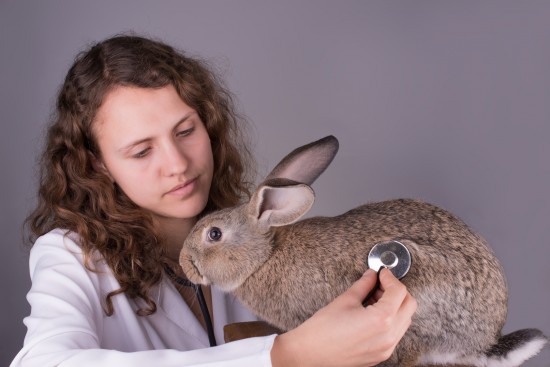
For most rabbit owners when you consider vaccinations and related diseases your first thought turns to the incurable myxomatosis. Sadly for anyone who keeps domestic rabbits in the UK there is an additional threat to every rabbit’s health which although not prevalent, has been documented in various locations – this is fatal condition called Viral Haemorrhagic Disease (VHD).
Sometimes referred to as Rabbit Calicivirus, this disease was first seen in China in 1984 and has since spread worldwide. Understanding VHD is of great importance to anyone who owns a rabbit or is considering owning one. This highly contagious disease can cause sudden death with no prior symptoms or signs, therefore taking precautions to prevent your rabbit contracting VHD are highly recommended by veterinary surgeons and breeders.
Viral Haemorrhagic Disease is extremely contagious with an incubation period of around 1-3 days it is almost exclusively fatal. Death of the rabbit will normally occur with a short period of 12 -36 hours after the first signs of fever. In fact it causes such quick death that it has been used as a biological control in Australia to cull populations of wild rabbits, however it was not anticipated how this would spread through to domestic rabbits.
VHD is caused by a virus called Rabbit Calicivirus which affects the internal organs of the rabbit causing these to haemorrhage – the resulting blood loss is impossible to control. The liver and kidneys are usually the first organs to be affected followed by the intestines and trachea. Once infected signs can escalate quickly and the rabbit should be taken for veterinary attention as soon as VHD is suspected.
VHD was once a notifiable condition in the UK but this is no longer the case therefore it is difficult to estimate the true spread of the problem however due to the ease of transmission and stability of the virus, outbreaks can spread for hundreds of miles. The disease is found to affect all species of domestic and wild rabbits in UK and Europe; it can be transmitted through both direct and indirect contact. One of the reasons VHD is so dangerous is the exceptionally stability of the virus itself, unlike many others, it will remain active at room temperature for over 100 days and for 225 days at 4 degrees, freezing does not kill the virus and it continues to remain stable during a freeze-thaw cycle. Transmission is quick and does not require prolonged contact - Rabbits can pass the virus directly to another by nose to nose contact or via the faecal matter of an infected rabbit. Some of the main carriers of VHD are insects, flies, birds and other animals particularly rodents which can host the virus and carry this to multiple new sources.
VHD presents no risk to humans; it is not zoonotic however humans can spread the contagious virus on clothing, shoes or any skin that has been in contact with a rabbit suffering from VHD.
In many cases death can occur without any signs, it is sensible that if you suspect that the reason behind the death of your rabbit is VHD you should inform your veterinary practice as this is important to communicate to other rabbit owners in the area to prevent an epidemic.
In a rabbit who is suffering from an acute form of VHD, one of the first clinical signs is a high fever, if you notice this and any of these listed symptoms it is important to consult your vet straight away.
In very unusual circumstances a chronic case can occur in which the rabbit loses weight quickly and drastically along with signs of liver failure and jaundice. Unfortunately these rabbits often die within a two week period.
Sadly there is, as yet, no cure for VHD. It is estimated 50-100% of rabbits suffering from VHD will die and those who do survive remain carriers so should be kept away from other rabbits and animals. Your veterinary surgeon may recommend treatment such as fluid therapy and nursing support but in some instances where the rabbit is suffering it may be kinder to consider euthanasia.
Without access to a cure, prevention is the best method of safeguarding your rabbit from VHD.
The very best method of protecting your rabbit from VHD is to have each and every rabbit vaccinated yearly. This vaccination is available only from your veterinary surgeon and it is extremely effective at preventing rabbits contracting VHD. Vaccinations can be given from 3 months of age (dependent on the type used by the veterinary practice) and it is recommended they are given at a separate time to the myxomatosis vaccine. It is painless and quick.
Although impossible to limit your rabbit’s contact with insects, flies and the outdoors, there are a few sensible precautions that can be taken to help prevent spread of VHD:
Sadly as yet Viral Haemorrhagic Disease has no cure or effective treatment and claims the lives of many rabbits. Research continues into possible treatments but in the meantime the most effective way to safeguard your rabbits is to visit your veterinary surgeon for a yearly vaccination. Every rabbit will require a yearly booster which your practice will normally send you a reminder about but it is a good idea to note this on your calendar so you book well in advance.
Until more treatment options are available , proactive preventative measures are the very best way to keep your rabbit safe from VHD.
 8 Easy Ways To Stop Your Dog Tracking Mud Into Your House
8 Easy Ways To St
8 Easy Ways To Stop Your Dog Tracking Mud Into Your House
8 Easy Ways To St
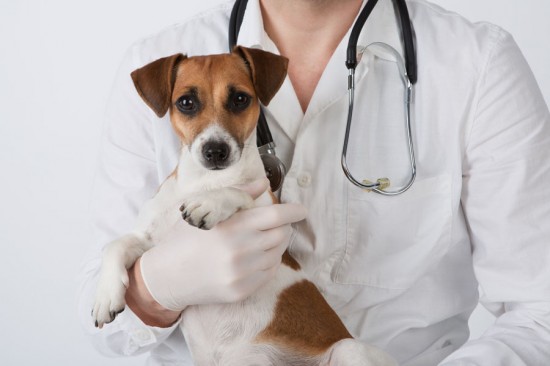 Chemotherapy In Cats And Dogs: What You Need To Know
Chemotherapy In C
Chemotherapy In Cats And Dogs: What You Need To Know
Chemotherapy In C
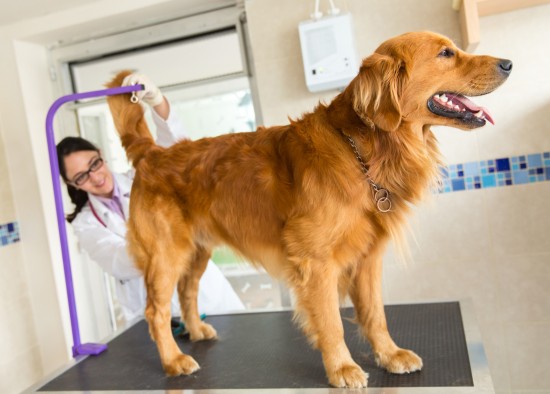 How To Treat A Dog’s Impacted Anal Glands At Home
How To Treat A Do
How To Treat A Dog’s Impacted Anal Glands At Home
How To Treat A Do
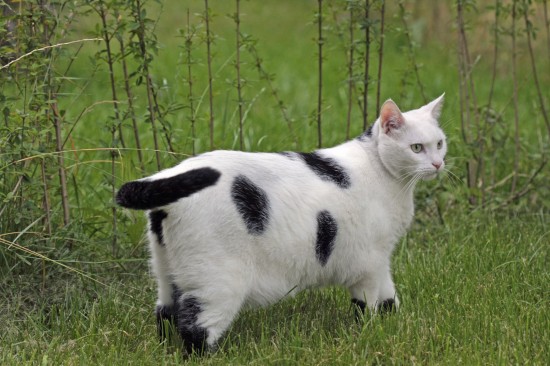 How To Tell If Your Cat Is Overweight - And What To Do About It
How To Tell If Yo
How To Tell If Your Cat Is Overweight - And What To Do About It
How To Tell If Yo
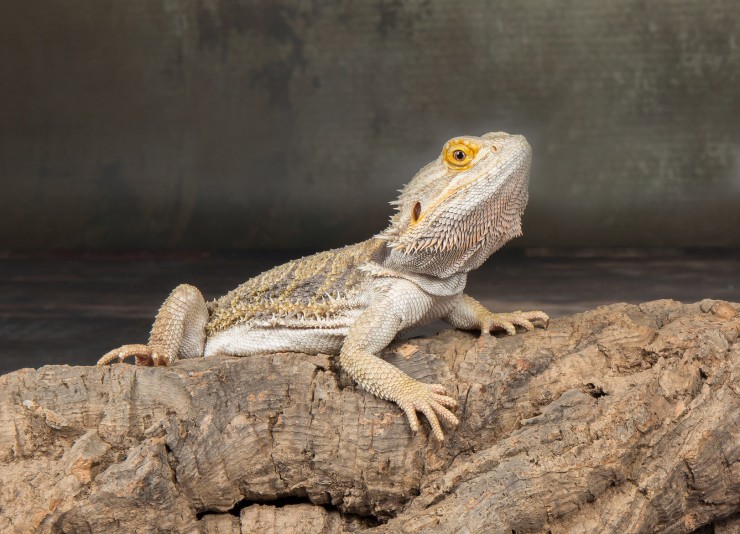 Some Common Bearded Dragon Behaviours Decoded
Some Common Beard
Some Common Bearded Dragon Behaviours Decoded
Some Common Beard
Copyright © 2005-2016 Pet Information All Rights Reserved
Contact us: www162date@outlook.com